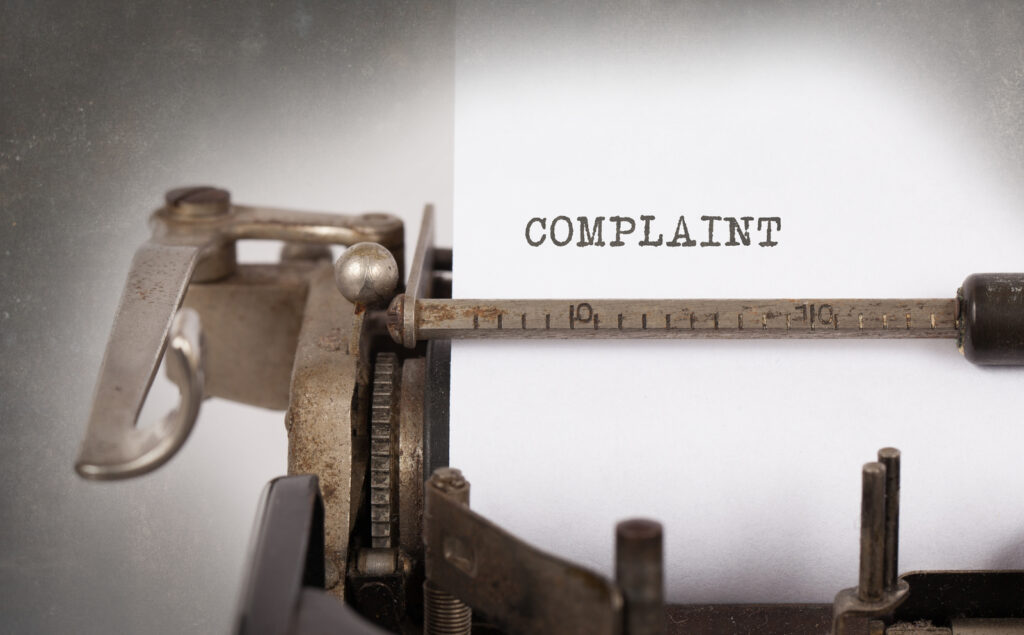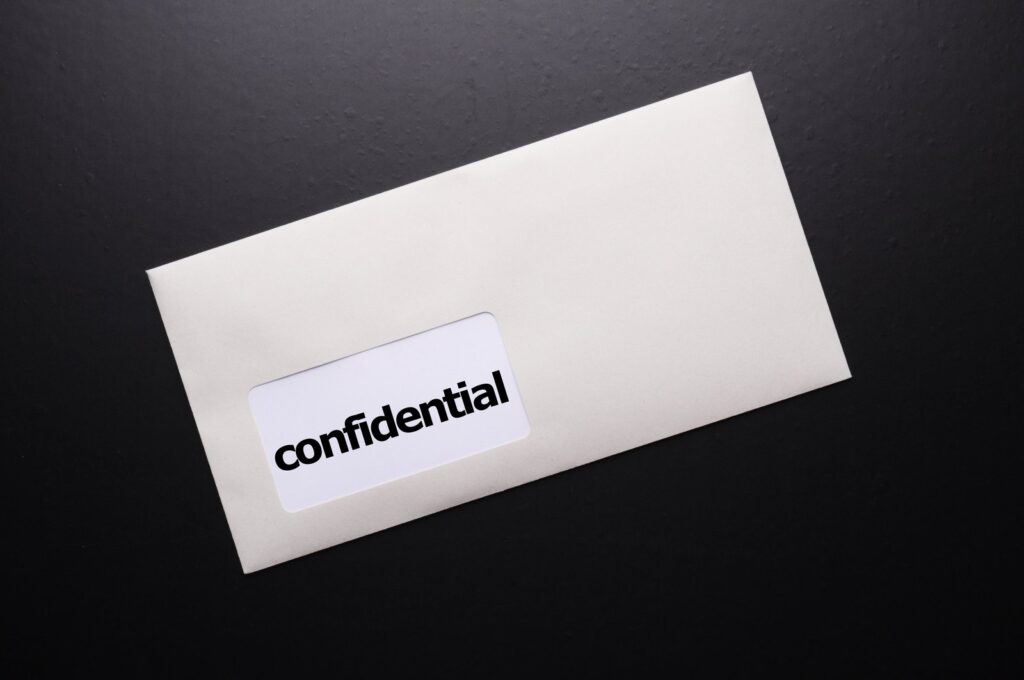Etiquette and Best Practices
Ever wonder if opening a letter with “To Whom It May Concern” sounds a bit rude? These days, it can come off as impersonal or even a little old-fashioned, especially when it’s not that hard to track down a name or at least a role.
If you use it without trying to find out who’s reading, people might think you didn’t put in much effort – or worse, that you don’t care.
That said, it’s not always off-limits. In certain formal cases, like reference letters or general introductions, it still does the job.
The trick is figuring out when it fits and when it just feels wrong.
Is To Whom It May Concern Rude?
Some folks see it as a neutral, formal greeting. Others think it’s a lazy choice that skips the personal touch.
Your relationship with the reader, the type of message, and whether you could’ve found a more specific greeting all play a part in how it lands.

Perceptions of Politeness
Lots of people treat “To Whom It May Concern” as a normal part of formal letters. It’s the go-to when you don’t know who you’re writing to.
Still, it can feel distant. When you skip directly addressing someone, it may seem like you didn’t bother personalizing your message.
In professional life, showing you paid attention to details usually counts as polite. Using a name, title, or even a department signals you put in the work to find out who’s on the other end.
If you have to use “To Whom It May Concern,” make sure the rest of your message is clear and respectful so it doesn’t come off as careless.
When It May Be Considered Inappropriate
You risk sounding impersonal if you use it when the recipient’s name is right there. For example, job postings often list a hiring manager or department.
In customer service or networking, a generic greeting can make your note feel like a copy-paste job. It’s easy for people to think you didn’t bother tailoring it.
Some roles such as doctors, professors, executives expect to see their titles. Skipping that can come across as disrespectful.
If you already know the person, using this greeting might feel dismissive, as though you don’t remember or care about your previous connection.
Context Matters in Formal Communication
Sometimes, “To Whom It May Concern” actually makes sense. Think reference letters, formal complaints, or messages for a whole group or committee.
If you know your note will get passed around to a bunch of people and you can’t name them all, this greeting works as a neutral opener.
It also fits for inquiries sent to a company’s general contact address, especially when you can’t dig up a direct contact.
In any formal message, try to match your salutation to the situation. If a personal greeting is possible, it usually leaves a stronger impression than something generic.
Appropriate Uses of To Whom It May Concern
Use this salutation when you have no clue who will read your letter and you’re aiming for a broad or unknown audience. It fits best when there’s just no way to personalize, but you still need a formal tone.
Situations Where It Is Acceptable
Stick with “To Whom It May Concern” only after you’ve actually tried to find the person’s name and come up empty. This comes up when your letter might be passed around or land in different departments.
It’s fine for a formal letter that needs to stay professional without targeting a single person. For example, a recommendation letter might get shared with several hiring managers, so naming just one wouldn’t make much sense.
It’s also reasonable for formal complaints, letters of introduction, or letters of interest without a single point of contact. Here, the greeting signals respect even though you don’t know who’s reading.

Common Examples in Professional Settings
Here are some places you’ll see it:
- Letter of recommendation for a job applicant
- Letter of reference for a former employee or colleague
- Formal complaint to a company without a known contact
- Introduction letter sent to multiple organizations
- Prospecting letter for business opportunities
In each case, the greeting keeps things practical. It avoids guessing a name or title, which could backfire and hurt your credibility.
Just remember to format it right: capitalize each word and use a colon. Drop it in after the date and before your letter’s body to stick with standard business letter style.
Alternatives to To Whom It May Concern
If you don’t know the recipient’s name, you’ve still got options for a professional, respectful greeting. The best pick depends on whether you know the role, department, or just the general audience.
Using Dear Sir or Madam
“Dear Sir or Madam” is another traditional choice when you can’t find a specific name. It’s formal and direct, so it works for business letters, official requests, or complaints.
You might use it when writing to a company’s head office or a government agency. It dodges the coldness of “To Whom It May Concern” but still keeps things buttoned-up.
Still, it can feel a bit stiff in some fields. If you’re applying for a creative job or writing to a hip startup, this greeting might seem out of place. In those cases, something role-based or department-focused could land better.
Addressing Departments or Job Titles
If you know the department or role, just address them directly. For example:
- Dear Human Resources Department
- Dear Customer Service
- Dear Accounts Manager
This way, you’re aiming your message at the right person without guessing their name. It also shows you tried to narrow it down.
For job applications, “Dear Hiring Manager” is a solid fallback if you can’t find the recruiter’s name. For customer service, “Dear Customer Service” is clear and to the point.
This approach helps your message land with the right team right away, making it less likely to get ignored or stuck in limbo.
Personalized Greetings
Whenever you can, use the recipient’s actual name. It’s hands-down the best way to make your message feel personal and targeted.
You can usually dig up names with a quick check of the company website, LinkedIn, or even a phone call. A little research goes a long way.
For example:
- Dear Ms. Lopez
- Dear Mr. Carter
Using a name shows you put in the effort. It can also boost your chances of getting a response, especially in competitive situations like job applications or sales pitches.
Formatting and Best Practices
How you format a formal salutation like “To Whom It May Concern” really does affect how professional your message looks. Details like capitalization, punctuation, and your closing can all shape the impression you make.
Correct Capitalization and Punctuation
Capitalize each main word in “To Whom It May Concern.” Don’t go all-caps or all-lowercase—keep it formal.
Stick a colon after the greeting in business letters, like this:
To Whom It May Concern:
For emails, a colon is still the formal choice, but a comma is okay if you’re keeping it casual.
Don’t mess with abbreviations or tweak the phrase. Keep your spacing tidy, and start your letter’s first sentence on the next line after the greeting.
Paying attention to these small things shows you get how business letters work. It’s a subtle way to show respect and professionalism.
Recommended Closings and Sign-Offs
Pair “To Whom It May Concern” with a closing that matches its formality. Here are a few common choices:
| Closing | Usage context |
|---|---|
| Sincerely | Most formal and widely accepted |
| Yours faithfully | Common in some regions for formal letters |
| Respectfully | Suitable for official or sensitive matters |
Capitalize only the first word of your closing, then add a comma. Leave a few blank lines before your name so there’s space for a signature if you’re printing the letter.
Skip casual closings like “Best” or “Thanks” when you open with “To Whom It May Concern.” That mismatch in tone just feels off and it can make your message seem less professional.









